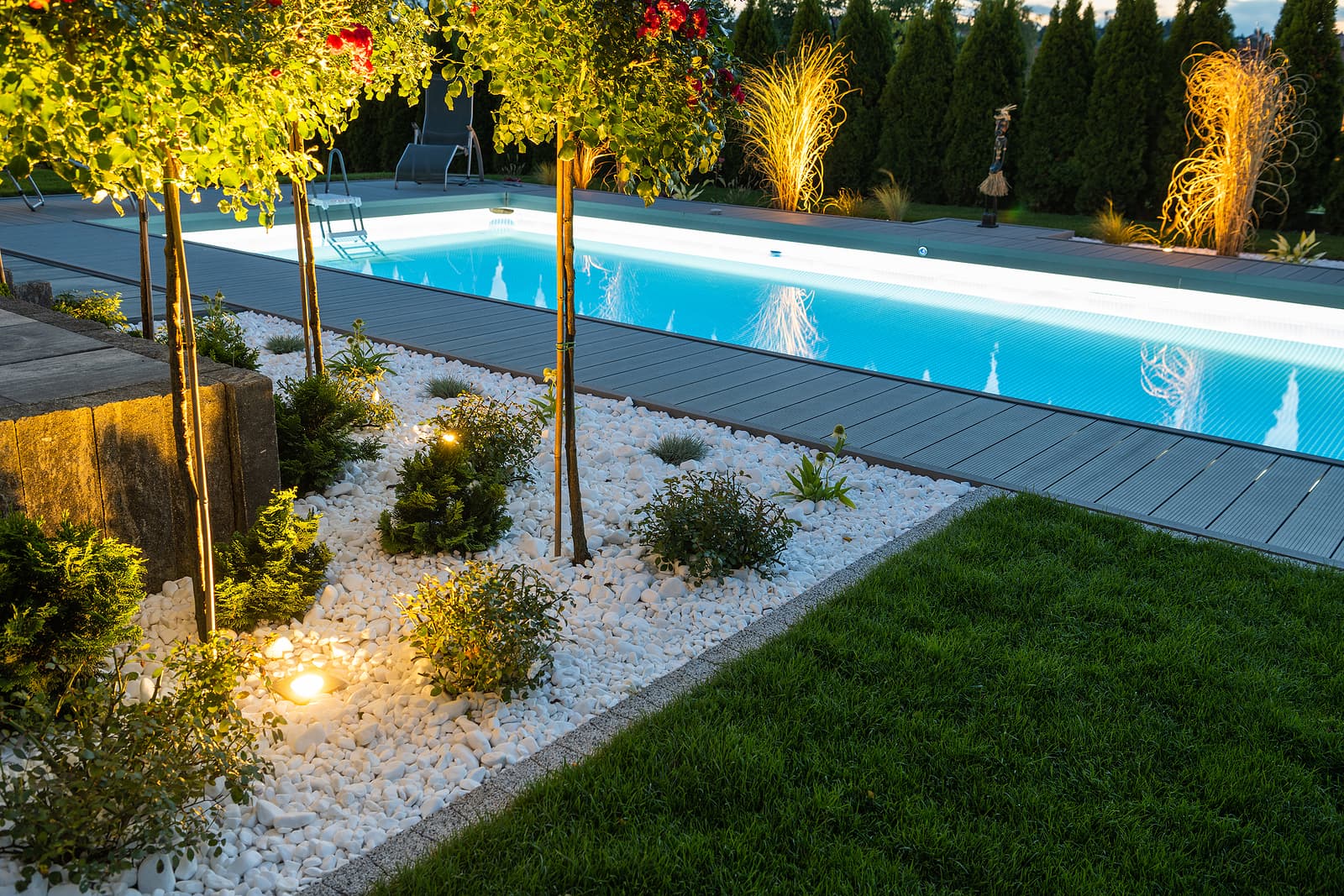
LED Bulbs Soar Leading To ‘Rebound Effect’ Of Energy Use
- Post author:cs_Admin
- Post published:15 May 2023
- Post category:Blog
- Post comments:0 Comments
Installing LED bulbs is a well-known energy-saving measure, which is why its popularity has skyrocketed over the last few years.
However, this has led to a ‘rebound effect’, which has seen people and businesses use more and more LED lights. In turn, this has reduced its positive impact on the environment.
According to Energy Post’s writer Lucy Davis from the Haas School Of Business, LED bulbs can be 15 times brighter than incandescent ones.
This is why so many people have replaced them over the years, as they want to enjoy brighter environments.
“These new bulbs are a perfect example of how an improvement in energy efficiency can spur increased use. Replace your incandescent with one of these and your energy consumption goes up, not down,” Ms Davis wrote.
However, she noted they still provide important value, as being in brighter surroundings makes people “happier, more productive, and safer”.
Indeed, more and more of us like to use outdoor garden lights; want to finish work in well-lit offices when having to stay late; and expect LED street lamps to reduce the danger of walking home at night.
Indeed, this is why Transport for London recently revealed 12,100 bus shelters around the capital will have their lights replaced with commercial LED lighting.
This is not only intended to reduce the energy consumption of the city but to keep passengers safe at night.
While LED lamps use up to 90 per cent less energy, the public are simply finding ways to use them more.
Ms Davis noted this follows historic patterns, with humans always having exhibited “an almost insatiable appetite” for ever-increasing amounts of energy.



